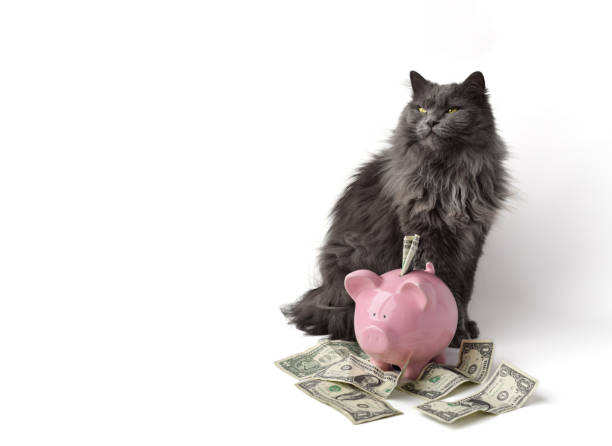How Much is Pet Insurance – In a world where pets are considered cherished members of the family, the concept of pet insurance has gained considerable traction. As veterinary care becomes more advanced and sophisticated, so do the associated costs.
Pet insurance aims to alleviate the financial burden of unexpected medical expenses for our furry friends. In this article, we will delve into the intricacies of pet insurance, exploring its costs, factors influencing premiums, and the potential benefits it offers to both pets and their owners.
Understanding the Basics
Pet insurance functions similarly to health insurance for humans. It provides coverage for veterinary expenses, including accidents, illnesses, and preventive care. Policies may vary in terms of coverage, deductible, and reimbursement options, and the cost of pet insurance is influenced by a myriad of factors.
Factors Influencing Pet Insurance Costs
1. Breed and Age
The breed of your pet plays a crucial role in determining insurance costs. Certain breeds are predisposed to specific health conditions, and coverage for these breeds may be more expensive.
Age is another significant factor. Older pets often face higher premiums, as they are more prone to age-related health issues.
2. Geographic Location
The cost of living and veterinary care varies across regions, impacting insurance premiums. Urban areas, where veterinary services are generally more expensive, may have higher insurance rates compared to rural regions.
Coverage Type
Pet insurance policies come in various types, ranging from basic accident coverage to comprehensive plans that include preventive care, dental treatments, and even alternative therapies. The extent of coverage directly influences the premium.
1. Deductibles and Reimbursement Levels
A deductible is the amount you pay out of pocket before the insurance coverage kicks in. Higher deductibles often result in lower premiums.
Read too: How to Give Medication to Cats Easily
Reimbursement levels refer to the percentage of the vet bill that the insurance company will cover. Plans with higher reimbursement levels generally have higher premiums.
2. Pre-existing Conditions
Most pet insurance policies exclude pre-existing conditions. If your pet has a pre-existing health issue, coverage for related expenses may not be available, or the premium may be substantially higher.
3. Add-ons and Optional Coverages
Some insurance providers offer additional coverage options, such as wellness plans, coverage for hereditary conditions, or even coverage for behavioral issues. Including these add-ons will increase the overall cost of the insurance policy.
4. Comparing Costs
To find the most suitable and cost-effective pet insurance, it’s essential to compare quotes from different providers. Online comparison tools and reviews can assist in evaluating the reputation and reliability of insurance companies. Consider your pet’s specific needs and your budget when selecting a policy.
Potential Benefits of Pet Insurance
1. Financial Security
One of the primary benefits of pet insurance is the financial security it provides. Unexpected veterinary bills can be exorbitant, and insurance helps mitigate the financial strain of unforeseen medical expenses.
2. Access to Quality Care
With insurance coverage, pet owners are more likely to seek prompt veterinary care for their pets, as the financial burden is reduced. This ensures that pets receive necessary medical attention without delays.
3. Peace of Mind
Knowing that you have insurance coverage for your pet brings peace of mind. Pet owners can focus on the well-being of their furry companions without constant worry about the financial implications of potential health issues.
4. Preventive Care
Some insurance plans include coverage for preventive care, such as vaccinations, dental cleanings, and wellness exams. This proactive approach to healthcare can contribute to the overall well-being of pets.
5. Choice of Veterinarian
Unlike some human health insurance plans, pet insurance typically allows owners to choose their preferred veterinarian. This flexibility is valuable, especially if your pet has an established relationship with a specific veterinary clinic.
Conclusion
The costs of pet insurance are influenced by various factors, and finding the right policy requires careful consideration of your pet’s needs, your budget, and the coverage options available. While some may view pet insurance as an additional expense, it can prove invaluable in providing financial security and ensuring that your beloved companion receives the best possible care when needed.
Read too: The Importance of Cat Dental Care: A Guide to Feline Oral Hygiene
As veterinary medicine continues to advance, the role of pet insurance becomes increasingly important in maintaining the health and well-being of our furry friends. In the grand scheme of things, the peace of mind and security offered by pet insurance may far outweigh the costs, ultimately fostering a happier and healthier life for both pets and their owners.

